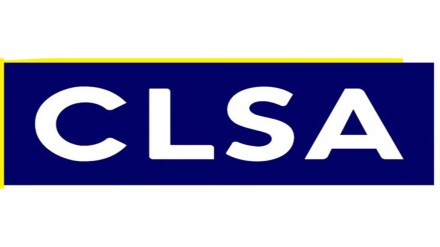Just a month after reducing India’s overweight to 10% to increase exposure to China, Hong Kong-based brokerage firm CLSA has reversed its stand. The brokerage on Friday decided to go 20% above MSCI weight on India as it “no longer has sufficient conviction to maintain an above benchmark exposure on Chinese equities into 2025”.
Interestingly, the brokerage’s U-turn comes just over a week after Donald Trump won the US presidential election. Pointing to the results of the elections, CLSA in its latest report titled ‘Pouncing Tiger, prevaricating dragon’ said: “The most fundamental requirement in determining our China allocation was to understand policymakers’ motivation. Is this economic window dressing … or a determined initiative to redirect economy…. After NPC’s (National People’s Congress) plan to bail out local government debt, we have been left wanting, anxious that the motivation is more aligned with the former than the latter.”
On India, it said it is one of the few emerging markets where the relationship between corporate earnings growth and the changes in the pace of economic output holds true. This is despite the concerns over slowing earnings growth in the last two quarters.
Not everyone, however, is as positive. Citigroup has downgraded India stocks to ‘neutral’ from ‘overweight’, citing stalling earnings growth and pressure from foreign investors selling following China’s recent policy support measures, and said China could see an upside surprise if Beijing delivers on its policy stimulus.
Citi has forecast India’s Nifty 50 index to touch levels of 25,000 by September 2025 – about 6% rise from hereon, while CLSA is projecting a 13% US dollar upside potential (for Indian equities) over the next 12 months, based on its economic projections.
While brokerage firms have said the foreign portfolio investors’ (FPIs) selling in India was primarily driven by the need to shift fund flows to China, some experts believe it was a play on US equities.
Samir Arora, founder of Helios Capital, believes FPIs have been selling in India to buy US equities, and not China. “India to US shift trade would have largely played out with average Indian stock down 10-15% and average US stocks up 10% since September end. Anyone trying to do this trade now (sell India, buy US) has already missed 25% odd (return),” Arora said.
FPIs have taken to aggressive selling in India after China announced stimulus measures to revive its economy in late September. The extent of selling even surpassed the outflows seen during the Covid pandemic crash, leading to the highest-ever outflows in a month in October.
With the sell-off persisting in November, the total outflow has risen to $13 billion (approximately Rs 1.12 lakh crore). As a result, the benchmark indices have fallen more than 10% from record high levels.
CLSA believes India is the most insulated market in Asia Pacific and in the emerging markets basket when it comes to sensitivity to Trump’s tariff proposals, higher interest rates and foreign divestment. The reasons: India’s low trade exposure with the US, manageable leverage, and a particularly low and declining foreign equity ownership.
China, on the other hand, is closer to the other end of this spectrum. “The chief risk to Indian equities is a frenzy of issuance swamping the market. Cumulative 12-month issuance is 1.5% of market cap, a historical tipping point,” it said.
